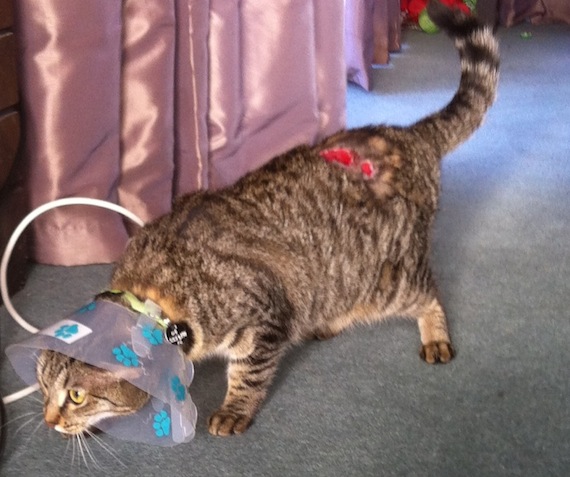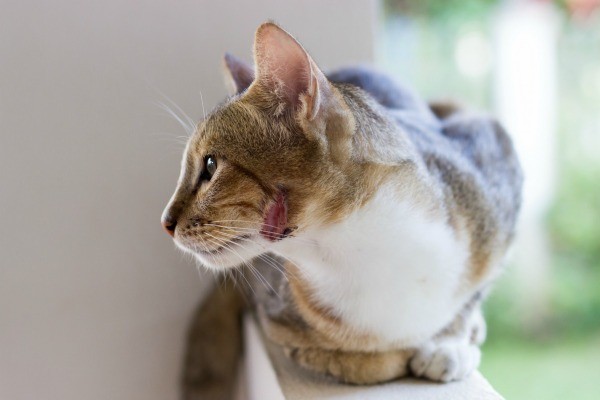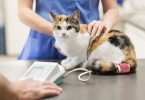Cats get into fights and they sometimes get bitten by other animals so here is a guide on cat bite abscess treatment at home since many of these can be taken care of without going to see a veterinarian. This is common especially during the Spring season since they have a lot of energy gathered from just lying by the fire during the Winter.
Cat fights are more prevalent if your pet wanders through the neighbors and as cats tend to be territorial they will fight off strangers to keep their domain. This is how they will often get abscesses and if these are infectious then they will fester under the skin and start to break open.
Light Abscesses and Serious Ones
Most abscesses look like an open sore with fur missing or the fur being matted and these are usually painful for the pet but not all the time. They form because the bacteria from the bite wound festered and it bust open with pus or blood.

It isn’t a pretty sight but it can be quite dangerous. Sometimes it is difficult to spot them until they burst and at that time you will know something is wrong because the pet will be lethargic and can even have a fever.
A simple puncture wound should be healed quickly but if it starts to swell then you have an abscess which will gather up pus and eventually burst out.
If they are are severe then their treatment will require anesthesia and surgery so it is obvious that this isn’t something that you can do at home. Plus even if they don’t look very bad and you want to treat them at home you should keep them and the pet under close watch since they can grow in severity. Keep the pet in a safe place until they heal and always wear gloves but it is still recommended to speak to a vet.
Home Treatment

The area should be cleaned as well as possible, if there is too much fur it should be removed to be able to disinfect the area as best as you can. Ensure that the cat is protected from any further injuries while they are healing.
The wound will keep draining and thus you should make sure that pus won’t be spread through the home so keep the pet in a room that is easy to clean. Also always wear vinyl or latex gloves when treating the wounds. Clean the area with warm water and wipe away everything that drips until all the visible pus is gone. Crusts tend to form and those should be removed gently but if the area becomes too swollen then we definitely recommend seeing a vet.
Hydrogen peroxide isn’t a good idea because it will put your pet in more pain and can damage the tissue so it will delay the healing. Either use plain water or a solution made from water and povidone iodine since that will help with the regeneration of the skin.
One other very important thing is to prevent the pet from licking or chewing their wounds and an Elizabethan collar is great for this task. The bacteria in their mouth will only worsen the infection so this is crucial to ensure an easy recovery.








Leave a Comment